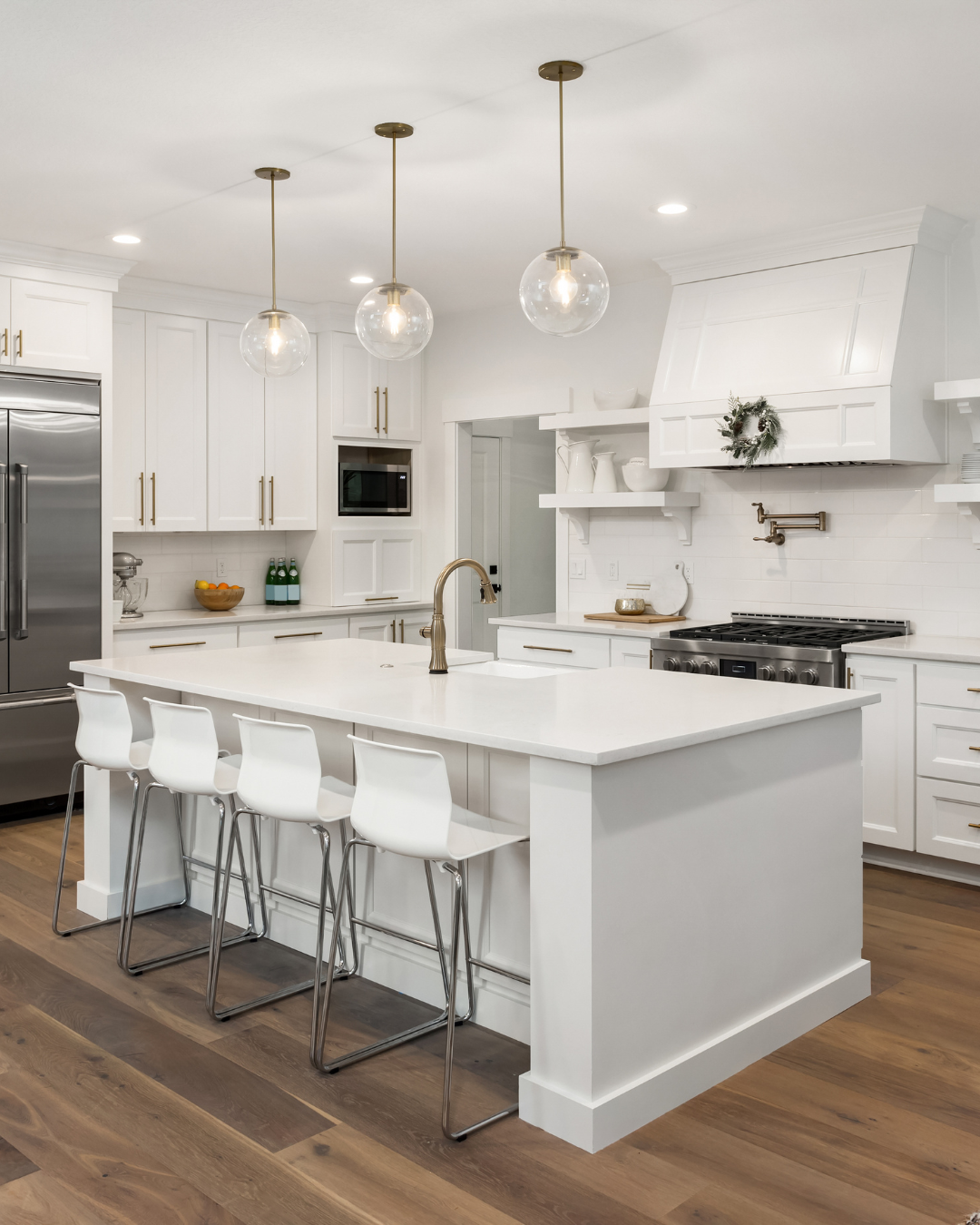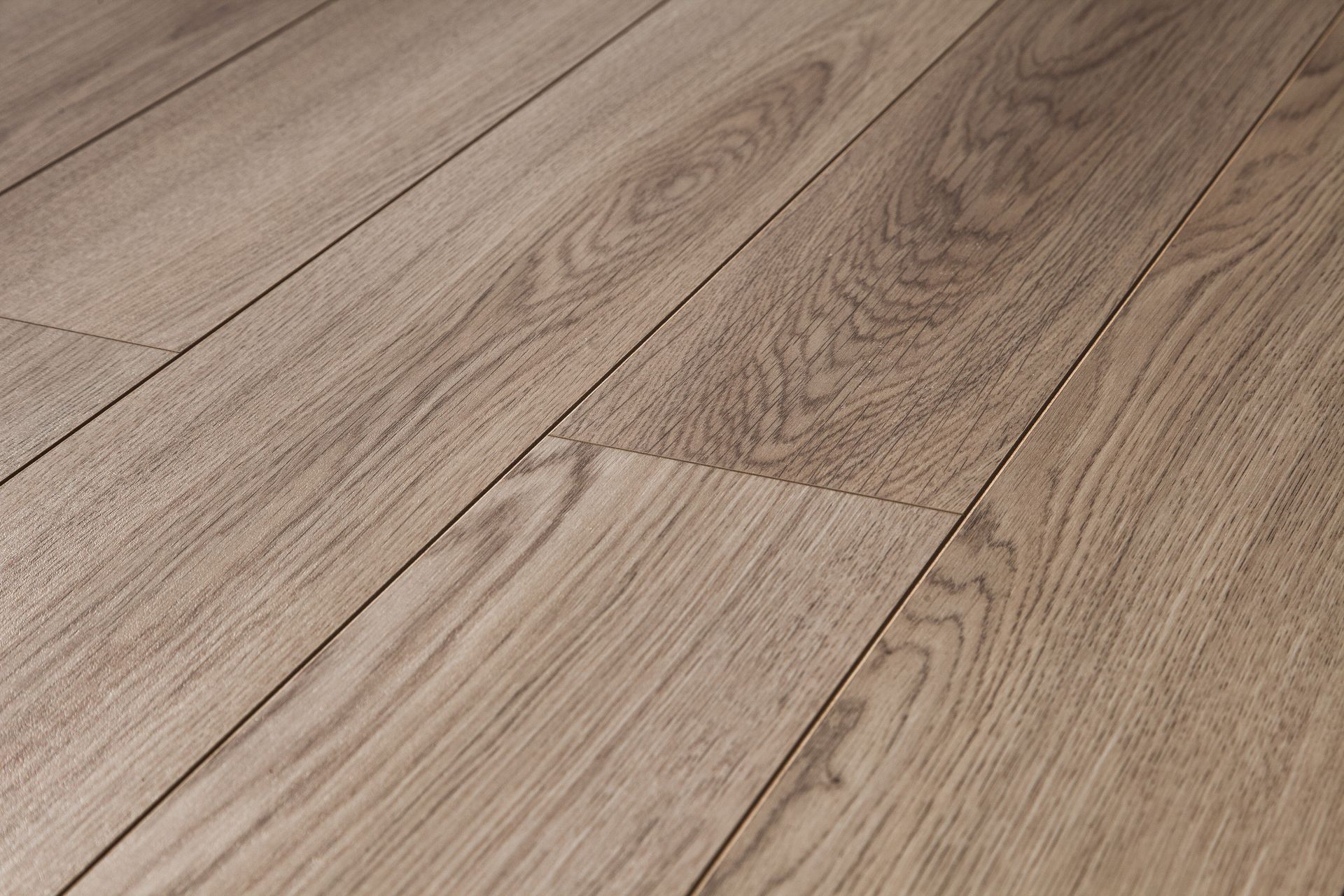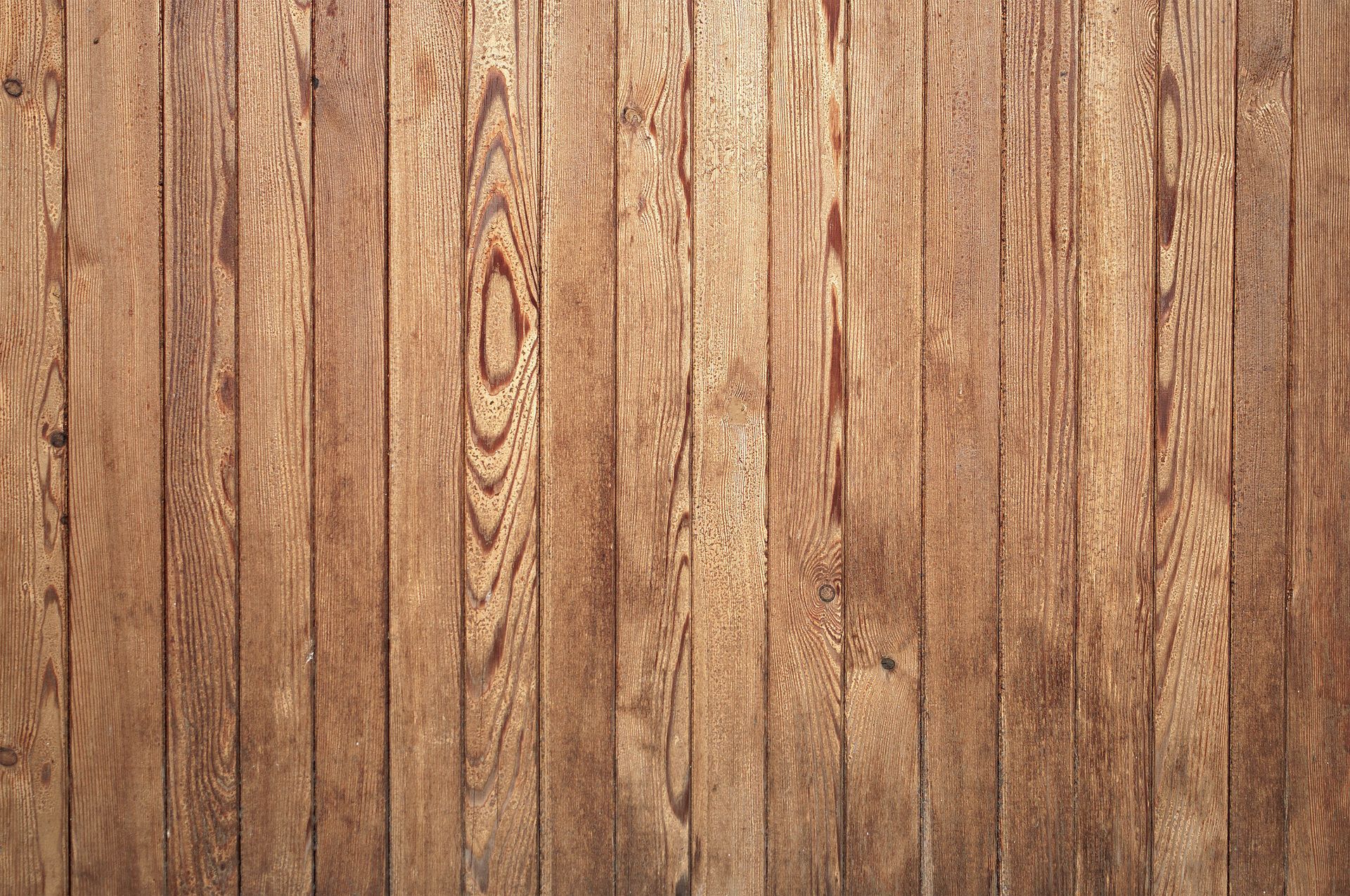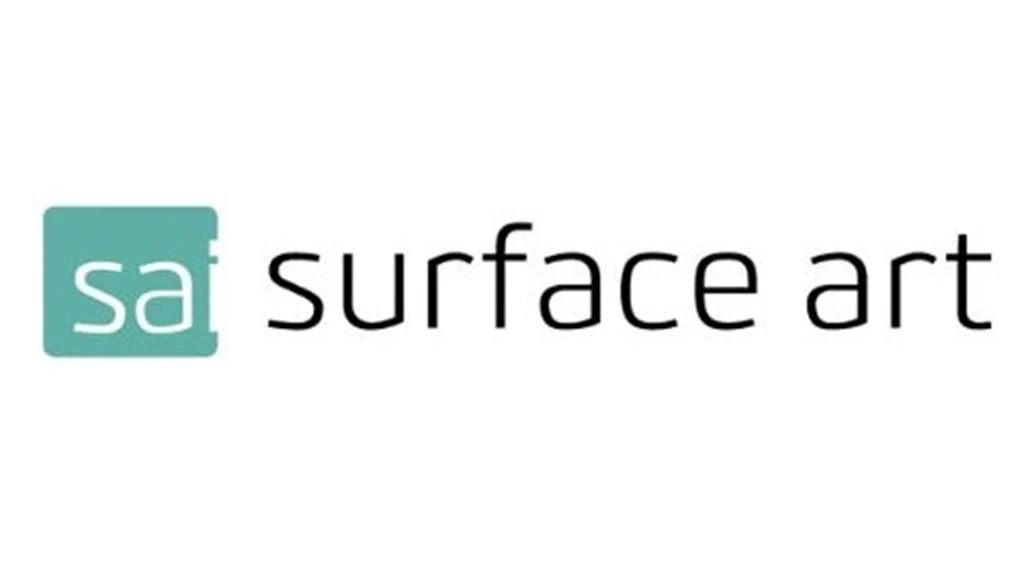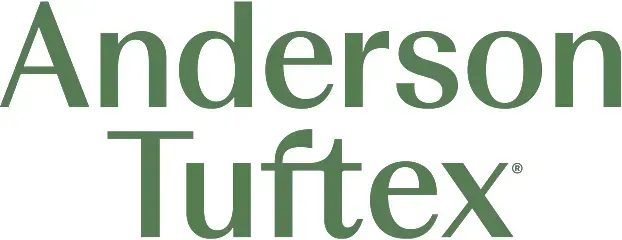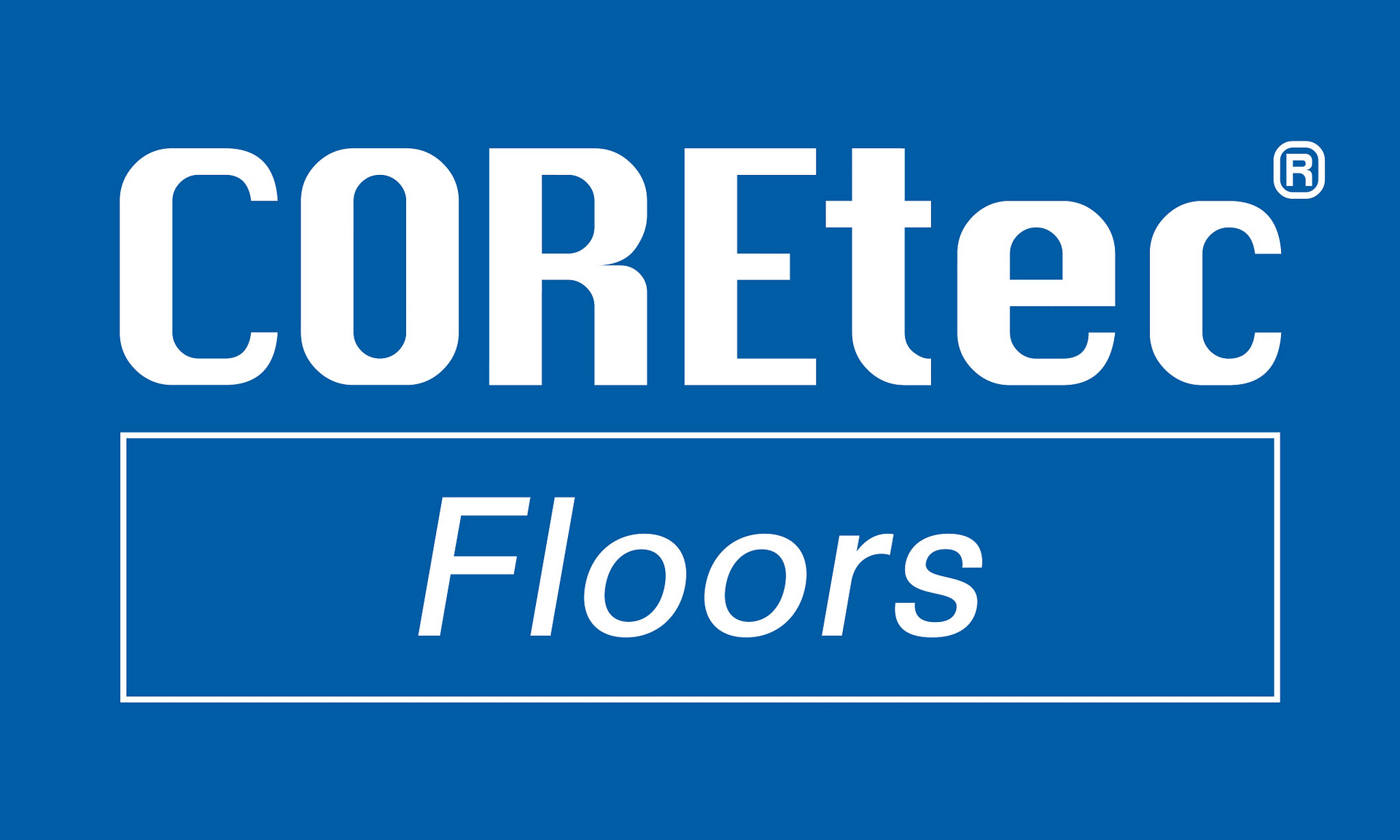September 11, 2025
Subfloor Prep in Seattle Homes: Why Flatness & Moisture Control Matter
When homeowners think about new flooring, they usually focus on the surface—hardwood, luxury vinyl plank, carpet, or tile. But beneath every beautiful floor lies the real foundation of success: the subfloor . Without proper preparation, even the most durable flooring can fail prematurely.
For homes across Seattle, Bellevue, Tacoma, Kent, Renton, and Kirkland, two factors are especially critical before installation: flatness and moisture control. Understanding why these matter—and how professional flooring contractors address them—can save you from costly repairs and ensure your new floor looks and performs its best for years.
What Is a Subfloor and Why Does It Matter?
The subfloor is the structural surface beneath your finished flooring. It’s typically made of plywood, OSB (oriented strand board), or concrete. Think of it as the “canvas” on which your floor is laid.
A poorly prepared subfloor can lead to:
- Gaps or hollow sounds under floating floors
- Buckling, cupping, or warping in hardwood
- Adhesive failure with glue-down installations
- Tile cracks due to uneven stress
Whether you’re installing hardwood or carpet, knowing how subfloor prep impacts long-term performance is essential.
Why Flatness Is Critical
1. Preventing Floor Movement
Floating floors like LVP, laminate, or engineered hardwood need a flat surface to lock properly. Even a small dip or hump can cause clicking sounds or movement underfoot.
2. Protecting Structural Integrity
For nail-down hardwood or tile installations, uneven subfloors place stress on individual planks or tiles. Over time, this can cause squeaks, shifting, or cracks.
3. Meeting Manufacturer Warranties
Many manufacturers specify subfloor flatness tolerances (often within 3/16" over 10 feet). Failure to meet these standards can void warranties—something homeowners in Tacoma or Kent often overlook until it’s too late.
At Davids Flooring of Seattle we use specialized tools like long straightedges and laser levels to identify uneven areas before installation.
The Importance of Moisture Control
Seattle’s damp winters and fluctuating humidity levels make moisture management one of the biggest flooring challenges in the Pacific Northwest.
1. Protecting Hardwood
Solid hardwood is highly sensitive to moisture. Too much, and boards swell and cup. Too little, and they shrink, causing gaps. That’s why homes in Bellevue, Kirkland, or Renton need careful acclimation and moisture barrier installation.
2. Safeguarding Against Mold & Mildew
Excess moisture trapped beneath flooring can lead to mold growth—a common issue in basements or ground-level rooms in Kent and Tacoma homes.
3. Ensuring Adhesive Bonds
Glue-down flooring requires dry subfloors. If moisture vapor seeps through concrete slabs, adhesives can break down, causing tiles or planks to loosen.
We recommend moisture testing with calcium chloride kits or in-slab relative humidity meters before installation.
How Professionals Prep Subfloors
1. Moisture Testing
- Concrete slabs are tested for vapor emissions.
- Wood subfloors are checked with pin or pinless moisture meters.
2. Leveling
- High spots are sanded or ground down.
- Low spots are filled with self-leveling compounds.
3. Repairs & Reinforcement
- Loose or squeaky plywood is screwed down.
- Damaged sections are replaced to prevent weak points.
4. Moisture Barriers & Underlayments
- Plastic sheeting or specialized vapor barriers are installed over concrete.
- Acoustic underlayments are used in condos across Bellevue and Seattle to reduce noise transfer.
Common Seattle-Area Subfloor Challenges
- Older Homes: Many historic homes in Seattle and Tacoma were built with subfloor systems that don’t meet today’s flatness standards. Reinforcement and leveling are common before installing hardwood or tile.
- Basements: Moisture intrusion from concrete foundations is a recurring problem in Renton, Kent, and Federal Way homes. Waterproof underlayments or LVP flooring are often recommended.
- Multi-Family Units: Bellevue and Kirkland condos often require additional acoustic underlayments to meet HOA sound regulations.
Why You Shouldn’t Skip Professional Prep
DIY flooring projects often fail because homeowners underestimate subfloor prep. Even the best materials can’t perform on a poorly prepared base. Hiring a experienced flooring contractor ensures your investment lasts.
FAQ: Subfloor Prep in Seattle Homes
Q: Can I install new flooring over my old floor without removing it?
A: Sometimes—LVP and laminate can float over existing surfaces if flat and dry. But damaged or uneven subfloors should always be addressed first.
Q: How do I know if my subfloor has a moisture problem?
A: Visible staining, musty odors, or high meter readings are clear signs. Professional testing gives accurate results.
Q: Do I need a vapor barrier on all installations?
A: Concrete subfloors almost always require them. For wood subfloors, it depends on the flooring type and room conditions.
Q: How long does subfloor prep take?
A: It varies—minor leveling may take a few hours, but moisture remediation or structural repairs can add days to the project timeline.
Final Thoughts
Subfloor preparation may not be the most glamorous part of a flooring project, but it’s the foundation of a successful installation. Flatness ensures comfort and durability, while moisture control protects your floors from the Pacific Northwest’s damp climate.
At David’s Flooring, our team of professionals ensures every step is done right—from subfloor inspection to final installation. Whether you’re comparing products at our flooring store, scheduling an estimate with us, or exploring eco-friendly options in Bellevue, Kent, Renton, or Kirkland, we’ll help you achieve a flawless result.
�55357;�56393; Contact us today for a free in-home consultation. We proudly serve Seattle, Tacoma, Bellevue, Kent, Renton, Kirkland, Redmond, Issaquah, Sammamish, Bothell, Shoreline, Lynnwood, Federal Way, Auburn, and the greater King and Pierce County areas with expert flooring solutions.
